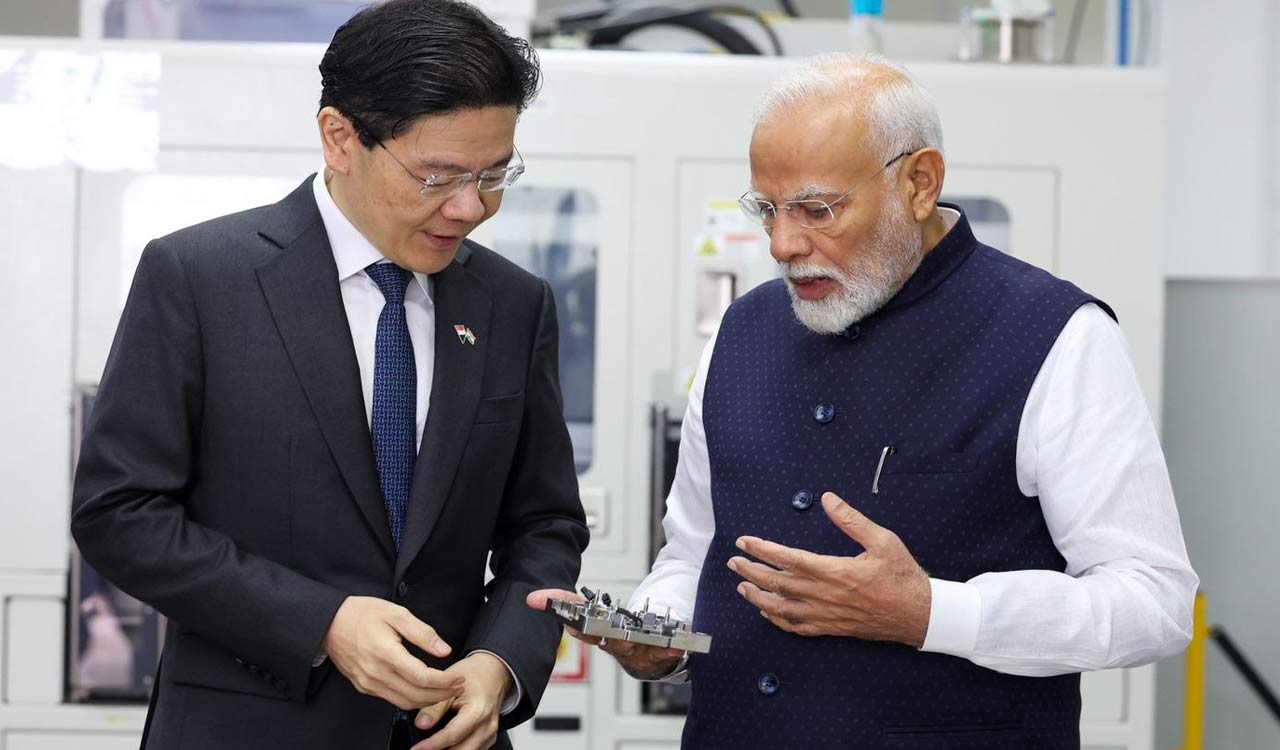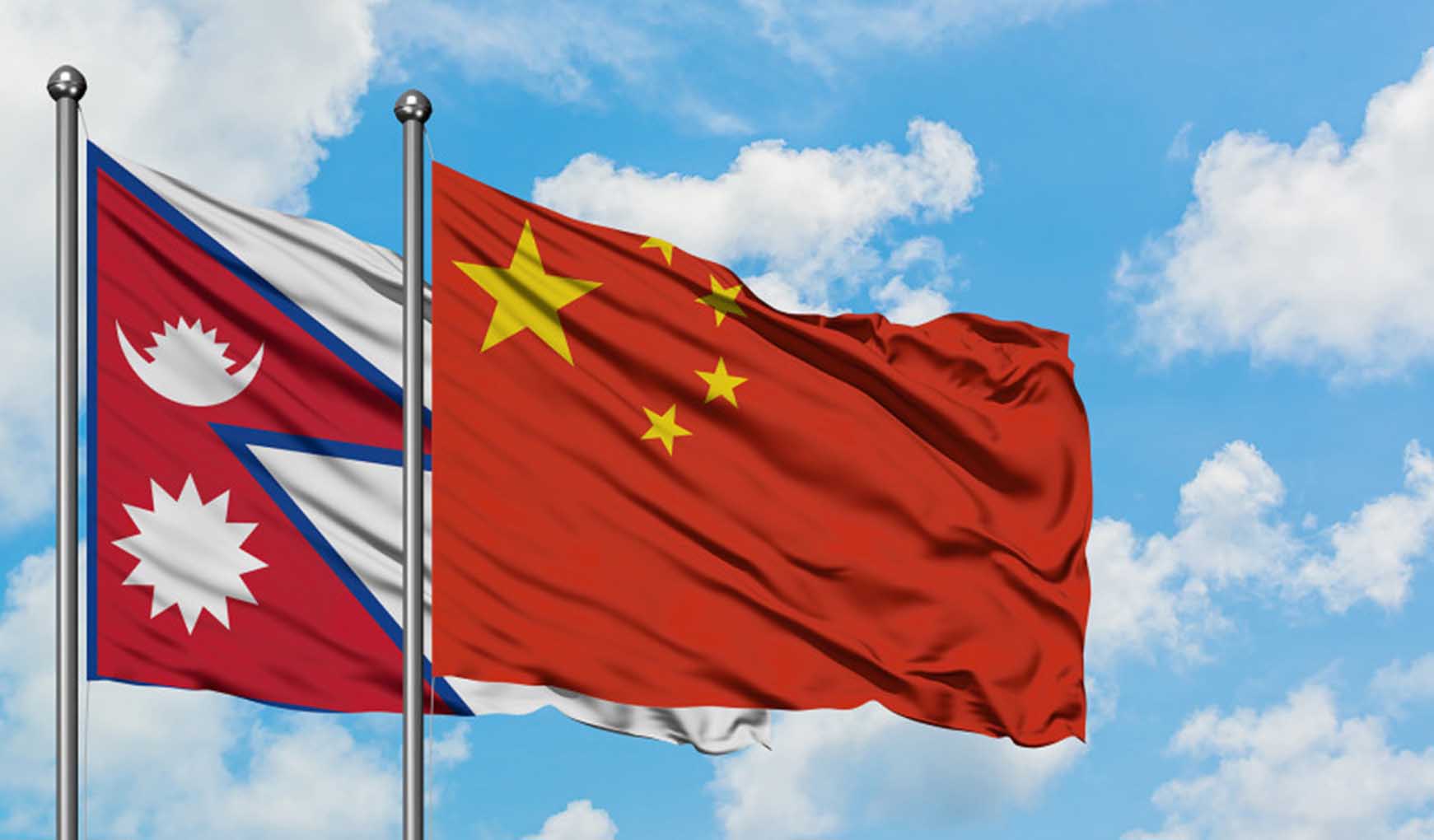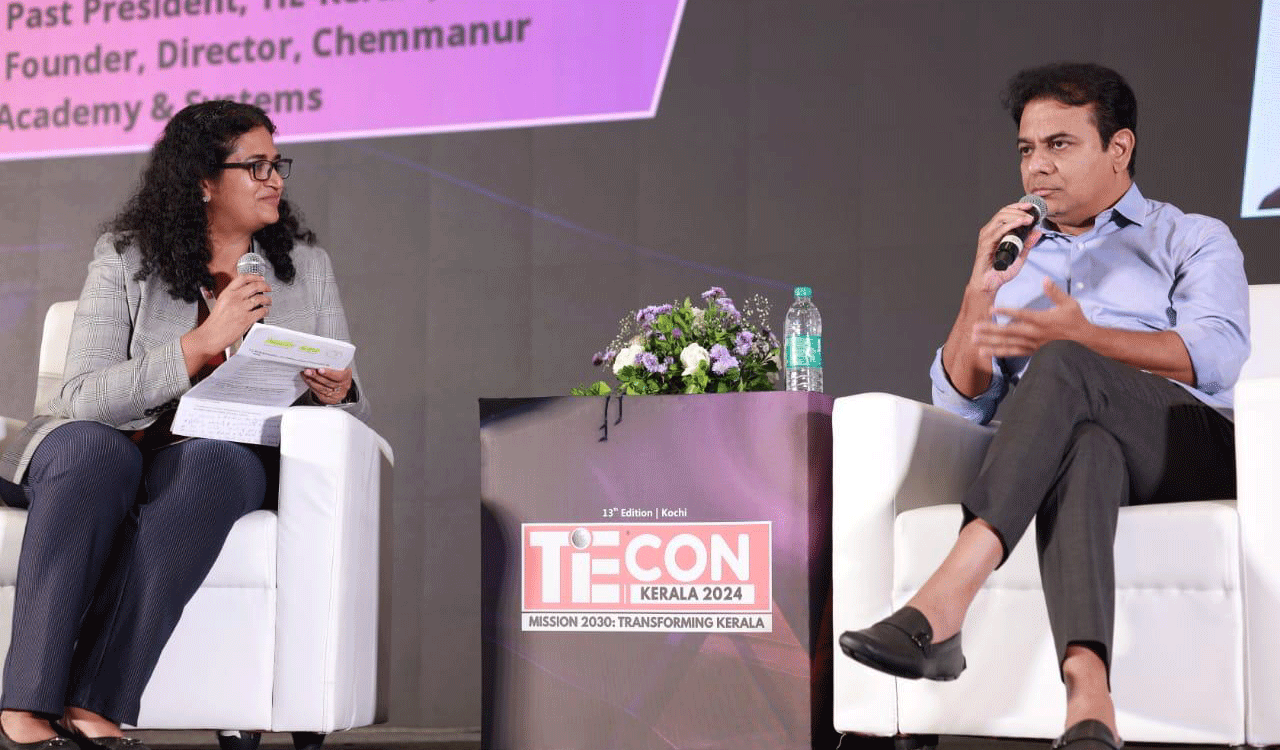Editorial: Semiconductor push
The MoU with Singapore will help make India an attractive destination for semiconductor manufacturing

The bilateral partnership agreement on semiconductors, signed during Prime Minister Narendra Modi’s just-concluded visit to Singapore, has a huge geostrategic significance at a time when the country is making conscious efforts to reduce its dependence on China for supply of semiconductor chips. The memorandum of understanding (MoU) on the semiconductor ecosystem partnership envisages cooperation to support India’s growing semiconductor industry while facilitating Singapore’s companies and supply chains to enter the Indian market. The pact will create a platform to better connect and strengthen complementary semiconductor ecosystems of the two sides. This marks a significant step forward in making India an attractive destination for semiconductor manufacturing. Given the growing geopolitical tensions due to China’s aggressive moves in the Taiwan Strait and the South China Sea, there is an urgent need for India to develop its semiconductor ecosystem. Unlike India, Singapore has a well-established semiconductor industry, accounting for nearly 10% of global semiconductor output and 5% of global wafer fabrication capacity. Nine of the world’s top 15 semiconductor firms have set up shop in Singapore, and the semiconductor sector contributes significantly to the country’s economic growth. It has players in all segments of the semiconductor value chain: integrated circuit (IC) design, assembly, packaging and testing; wafer fabrication and raw material production. India is a latecomer to this high-tech industry, importing around 80% of its required semiconductors. The promise of a booming domestic semiconductor industry would potentially reduce its import bill, while also creating jobs.
Though India traditionally had a strong base for the semiconductor design industry, the hardware manufacturing has remained elusive. Over the last 15 years, several consortiums made multiple attempts at chip making but things never worked out. There is scope for collaboration with Singapore in talent development and knowledge-sharing about best practices in managing semiconductor industrial parks. India’s abundant land and competitive labour costs could encourage Singaporean semiconductor companies to look at the country for their expansion plans. Building semiconductors domestically is important for India’s vision to emerge as an electronics manufacturing hub and eventually reduce its imports from foreign countries, especially China – which remains the leading destination for the sector. Semiconductors have an all-pervading impact across sectors like automobiles, smartphones, laptops, tablets, consumer durables, gaming consoles and other electronic products. Promoting semiconductor fabs through a set of attractive incentives has become a geopolitical priority now. Through an incentive policy, India seeks to reshape supply chains to cut its reliance on China amid a global chip shortage that has impacted the production of goods. In the current geopolitical scenario, trusted sources of semiconductors and displays hold strategic importance and are key to the security of critical information infrastructure. The global chips market is expected to grow to $1 trillion by 2030. Resource-intensive, it requires highly skilled workers and is already facing a competence gap. Any country that does not learn to make semiconductors will lag.
Related News
-
Cartoon Today on December 25, 2024
4 hours ago -
Sandhya Theatre stampede case: Allu Arjun questioned for 3 hours by Chikkadpallly police
5 hours ago -
Telangana: TRSMA pitches for 15% school fee hike and Right to Fee Collection Act
5 hours ago -
Former Home Secretary Ajay Kumar Bhalla appointed Manipur Governor, Kerala Governor shifted to Bihar
5 hours ago -
Hyderabad: Organs of 74-year-old man donated as part of Jeevandan
5 hours ago -
Telangana HC suspends orders against KCR and Harish Rao
6 hours ago -
Kohli and Smith will be dangerous and hungry: Shastri
6 hours ago -
Sharvari shares her TBR list of romantic book titles, suggested by fans
7 hours ago




